
Rest and Recovery – Essentials of Training
It is important to know that rest and recovery are essential parts of any type of training.
The post-workout recovery routine has a significant impact on the results achieved during exercise and overall performance. It is crucial for muscle recovery and tissue regeneration, allowing the body to train much more effectively.
![]() Metode de Refacere
Metode de Refacere
Additionally, recovery combats fatigue, reduces the risk of injuries, and helps limit the action of stress hormones.
Among the methods of recovery, the following can be found:
Sleep, as the primary form of nervous system recovery and energy reserve regeneration.
Nutrition is also an important component of recovery, as it is responsible for the qualitative and quantitative intake of substances necessary for post-exertion recovery.
Sauna (it is said that we get sick because we sweat too little) is very useful for eliminating toxins and boosting immunity. It is important to note that the duration of exposure to heat should be equal to that of exposure to cold. The exposure interval gradually increases from one session to another. When entering the sauna, the skin should be dry so that the pores are not covered with water, allowing us to facilitate perspiration.

By alternating exposure to heat with exposure to cold – cold showers or immersions in cold water – vascular gymnastics is performed. This is explained by the fact that the muscles in the walls of blood vessels respond reflexively through vasodilation alternating with vasoconstriction.
Another optimal recovery procedure is hydrotherapy. Hydro massage comes in various forms: underwater shower, jacuzzi, alternating hot/cold shower, salt bath. Salt has properties that accumulate negative energy from the body.
Thermotherapy has also proven to be a very effective recovery method, and in this regard, cryotherapy is worth mentioning.
After exercise, there is a state of inflammation due to micro-tears in the muscle fibers. This can be successfully combated through cryotherapy, as the low temperature helps stop inflammation. The day after exertion, warm thermotherapy is recommended to promote muscle relaxation and eliminate metabolic residues, known as lactic acid, that occur as a result of exercise.
A significant increase in recovery efficiency is also achieved through negative air ionization and oxygenation of the inhaled air. These can be achieved naturally or artificially. These procedures can be successfully accompanied by breathing exercises.
Here’s an example:
1. Inhale deeply through the nose.
2. Hold your breath for a few seconds after inhalation.
3. Pucker your lips as if whistling, then exhale forcefully until the end of the volume of air that can be eliminated from the lungs.
Massage – Effective Form of Controlled Recovery
The most effective form of controlled recovery is massage.
Swedish massage is a gentle massage technique that uses circular movements, superficial strokes, as well as deep kneading and tapping maneuvers at the muscular level to activate circulation, thereby allowing the body to provide more oxygen and necessary nutrients for recovery.
We can also combine aromatherapy by using essential oils in the base oil, which help eliminate muscle tension. Among these preparations, we can mention marjoram, mint, rosemary, camphor, and lemongrass oil.

Traditional Thai massage is the most energizing type of massage. By combining pressure on the energy channels and stretching movements from yoga, this type of massage relieves muscle tension, muscle cramps, improves flexibility, and stimulates the body’s healing capacity.
This type of massage is performed on a mat, with the client wearing comfortable clothes. No oil is used for this type of massage.
“
Simona Negrila
Cu bucurie pot spune, ca fac parte din categoria oamenilor fericiti pentru care profesia înseamna pasiune si vocatie. Înca de la începutul Facultatii de Kinetoterapie am fost mai mult atrasa de ideea de a aduce confort si relaxare în vietile oamenilor si astfel tehnicile de masaj au început sa ma fascineze. Dupa multe cursuri pe care le-am urmat în România (masaj suedez, drenaj limfatic, masaj japonez) am decis sa plec si sa-mi continui studiile în alte tari, pentru a aprofunda acest domeniu fascinant. Astfel au urmat câteva cursuri în Europa, si pot afirma ca experienta de la Academia spa Steiner Londra m-a ajutat enorm în evolutia mea ca terapeut. Odata finalizat acest curs am lucrat pe cele mai luxoase vase de croaziera - o experienta care mi-a schimbat viata. În acesta perioada am realizat, ca cel mai întelept lucru ar fi sa învat tehnicile de masaj direct de la sursa pentru a deveni un terapeut cât mai bun. Pentru a-mi urma visul am decis sa plec în Thailanda, unde am patruns în fascinanta lume a masajului thailandez si unde revin în fiecare an cu placere pentru a explora tainele aceastei tehnici. Au urmat multe alte calatorii: Bali - unde masajul balinez te rasfata din cap pâna în picioare, Laos - thai yoga masajul, Vietnam - masajul vietnamez al fetei. "Ador Asia pentru cultura lor, pentru masaj si tot ceea ce are de oferit! Traiesc zilnic sentimente de bucurie dupa fiecare sedinta de masaj stiind, ca am transmis o stare de bine."
Recent Posts
Related Articles
CrossFit exercises practiced outdoors or at home
Concentration and discipline are indispensable for succeeding in any training program, regardless...
July 27, 2023Health guide for “ageless” women
Discover the Benefits of Physical Exercise and the Best Types of Training...
July 27, 2023Home-Based Pregnancy Workout in Comfort
The Benefits of Prenatal Home Workout The way we interact with people...
July 10, 2023Supplementation with Vitamins and Minerals
Essential nutrients for the body The macronutrients and micronutrients are essential for...
July 10, 2023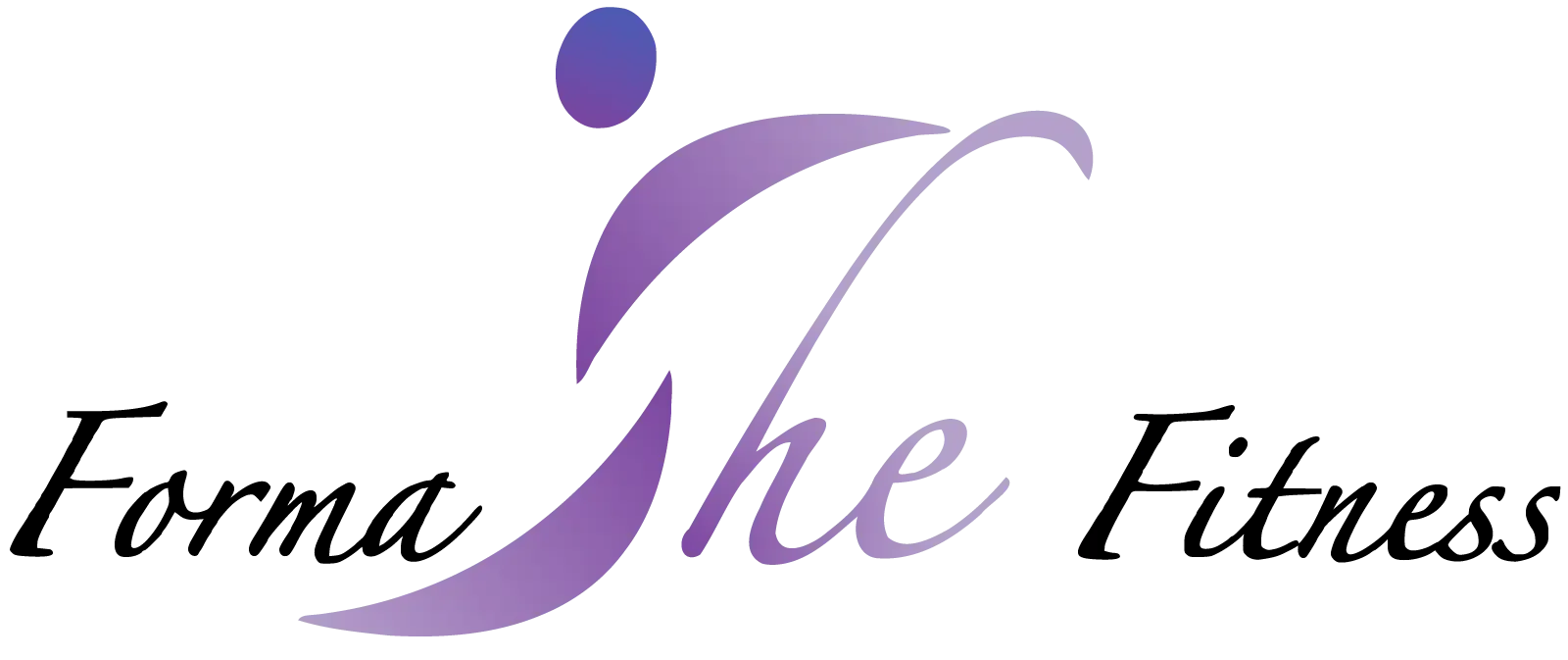

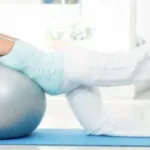













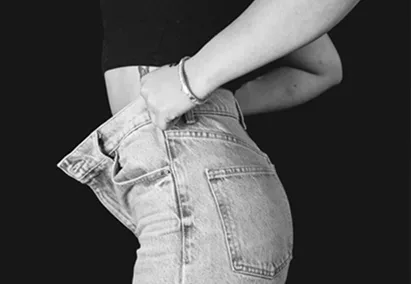




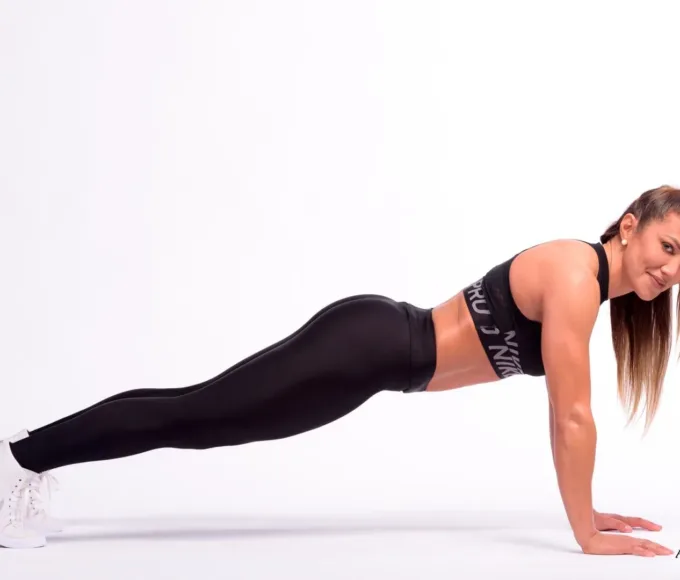


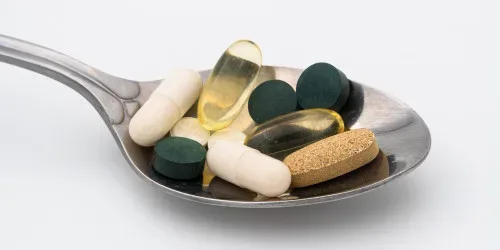
Leave a comment